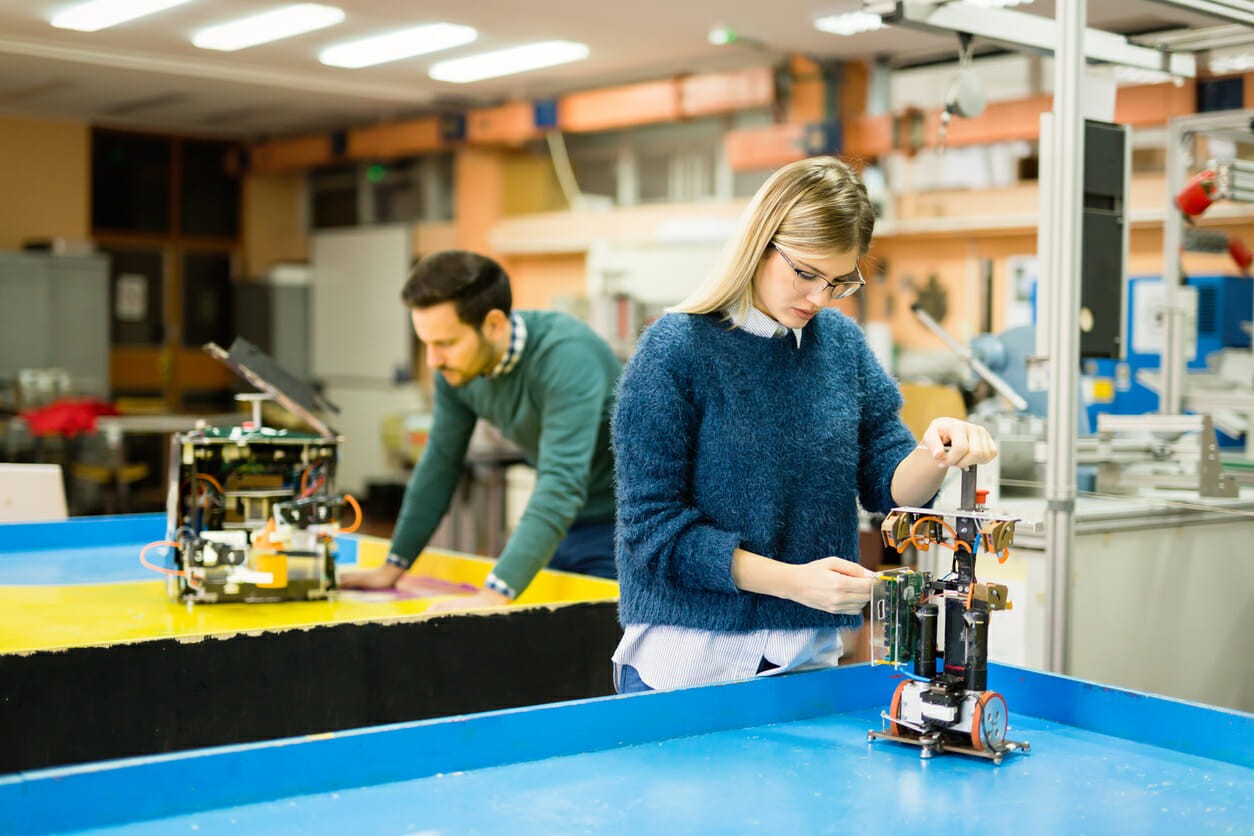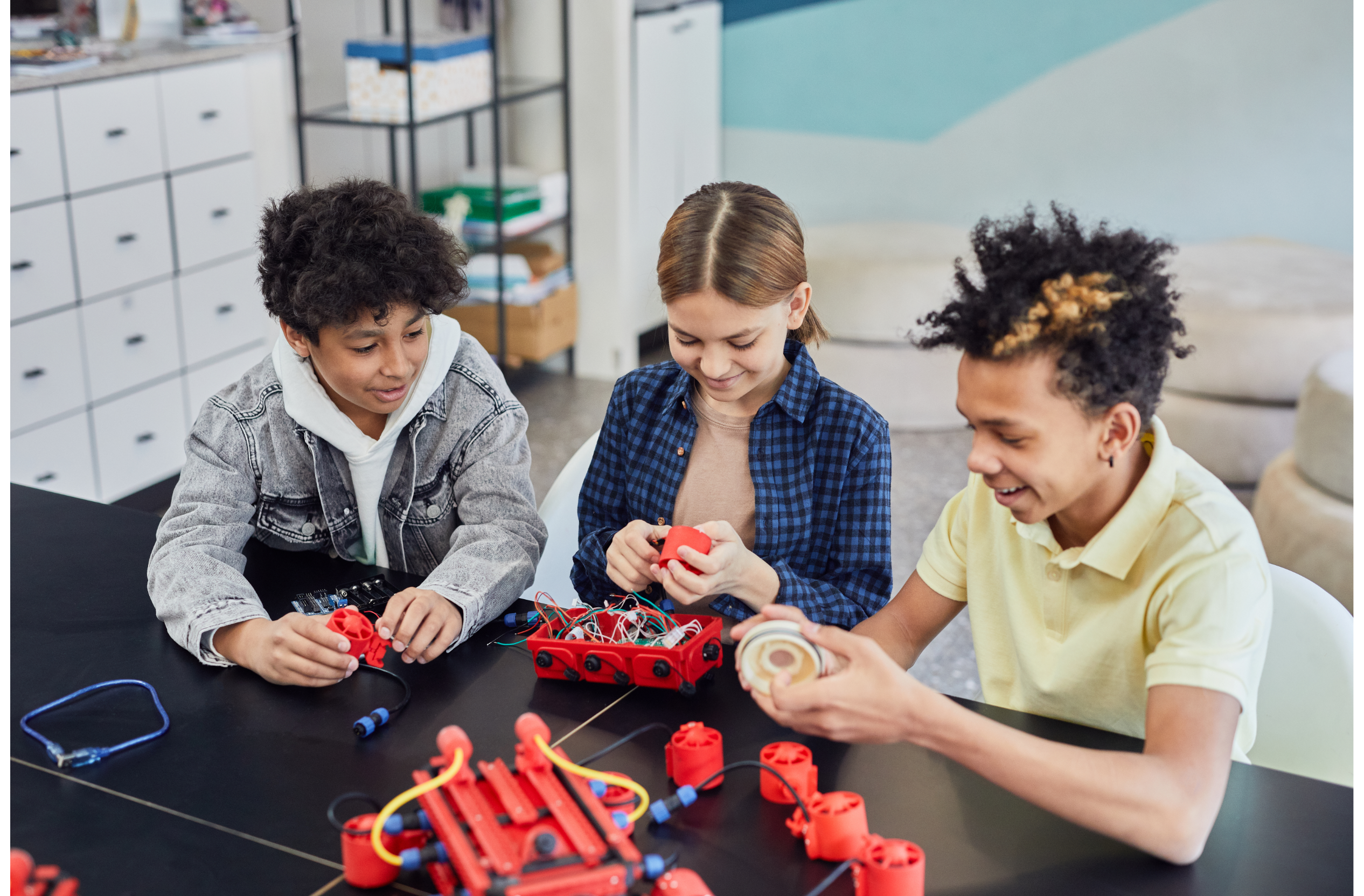Today, an historically unprecedented number of girls are studying and excelling in mathematics, engineering, technology, and science. Yet the dramatic educational achievement of girls in other disciplines has not spilled over into STEM disciplines, where we don’t see a similar increase in the number of women working as mathematicians, computing and engineers professionals.According to a report published by Professionals Australia, an organisation that has been advancing the workplace rights of professionals for more than 60 years, women comprise only 28 percent of employed STEM-qualified Australian workforce compared to 55 percent for all fields in tertiary qualified population. But despite the under representation of women in engineering, information technology, and related fields, there are a few success stories that can serve as a source of inspiration for girls who want to become a professional robotics, software engineer, or computer scientist.
Here are a Few Inspiring Examples of Successful Ladies whose Stories Serve as a Source of Inspiration for Little girls who want to take Science and Technology Road:
1. Fei-Fei Li
(A Computer Scientist and Director of Stanford’s Artificial Intelligence Lab)
An Associate Professor at Stanford University’s computer science department, Fei-Fei Li has worked as a director at Stanford’s Artificial Intelligence Lab where she worked with the most brilliant minds from the world to build smart algorithms that enabled computers and robots to see and think. She was recently hired by Google to lead the company’s new Cloud Machine Learning group. Li was the only woman among the 15 researchers that ran Stanford’s AI lab.
2. Jedidah Isler
(An Astrophysicist)
A girl who spent her childhood admiring the stars from her home, Jedidah Isler didn’t get a chance to pursue her passion until she was in her doctoral program. The schools from which she graduated and obtained her master’s degree didn’t offer majors in astronomy, and therefore, she studied physics. However, she finally got the opportunity to pursue astronomy when she joined Yale University to become the first African-American woman to receive a PhD in astrophysics. Today, she studies blazers — the universe’s most efficient particle accelerators that emit powerful jet streams.
3. Cynthia Breazeal
(A Robotocist)
Working as a director at Personal Robots Group, Cynthia Breazeal is an Associate Professor at the MIT. She is considered to be a pioneer of Social Robotics and Human Robot Interaction and has in-depth expertise in the areas of affective computing, autonomous robots, and entertainment technology. Cynthia has designed and built some of the most famous and highly functional robots available today, including the world’s first social robot Leonardo that can mimic human expressions, interact with objects, and track them. The robot has been designed in such a way that it can learn, interact, and collaborate with humans in a more natural manner.
While it’s true that the number of females working as professionals in STEM disciplines remains significantly lower as compared to that of males, we, as a society, need to do more to ensure that young girls get the support and resources they need to pursue their dreams and become a STEM professional.
To learn STEM education or to register for our Holiday Programs, please contact us at 1800 AEROBOTICS (237626) or email at info@aeroboticsglobal.com.




